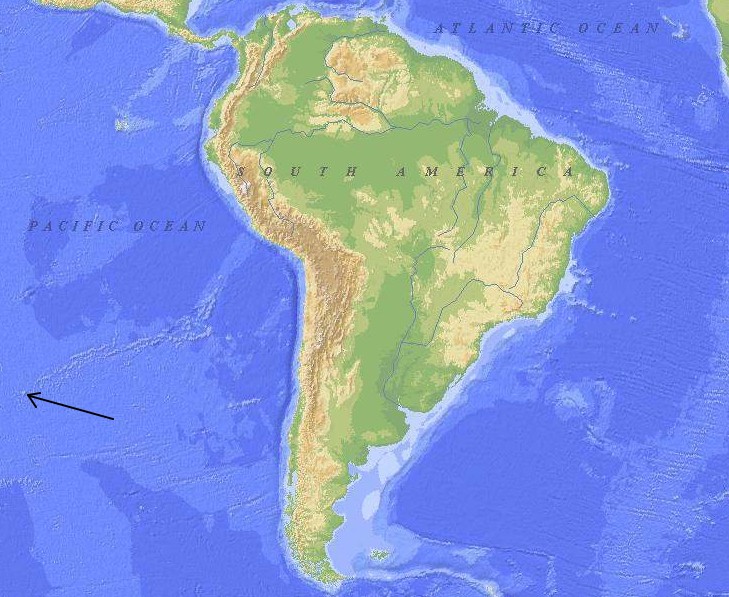
TARGET 070912
The Silent Sentries
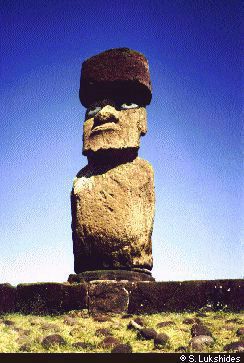
(The following is exerpted from three excellent web pages which should absolutely be visited by everyone who viewed this target. The pages have a wealth of information, pictures, videos, and resources. The web pages are listed at the bottom of this page.)
Easter Island has long been the subject of curiosity and speculation. How and why did its inhabitants carve and transport the massive statues which surround the island? What remains of this culture today, and what lessons can we learn from their legacy? This page is a resource for information on the Internet about Easter Island, also known as "Rapa Nui" and "Isla de Pascua".
Easter Island is over 2,000 miles from the nearest population center, (Tahiti and Chile), making it one of the most isolated places on Earth. A triangle of volcanic rock in the South Pacific - it is best known for the giant stone monoliths, known as Moai, that dot the coastline. The early settlers called the island "Te Pito O Te Henua" (Navel of The World). Admiral Roggeveen, who came upon the island on Easter Day in 1722, named it Easter Island. Today, the land, people and language are all referred to locally as Rapa Nui.
It is one of the most isolated islands in the world but 1200 years ago a double-hulled canoe filled with seafarers from a distant culture landed upon its shores. Over the centuries that followed a remarkable society developed in isolation on the island. For reasons still unknown they began carving giant statues out of volcanic rock. These monuments, known, as "moai" are some of the most incredible ancient relics ever discovered. The people of Easter Island called themselves the Rapa Nui. Where did they come from and why did they disappear? Science has learned much about the enigma of Easter Island and has put to rest some of the more bizarre theories, but questions and controversies remain.
Probably the most famous feature of Easter Island is the row of 15 moai, named "Ahu Tongariki", shown below.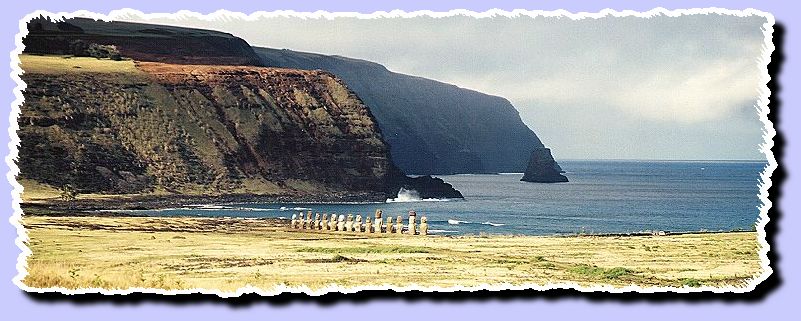
A closer shot of this group is shown here, and if you click on any one of the moai, you can see a detailed closeup of it.

Many thanks to the Easter Island Home Page for the above pictures and inforamtion above.
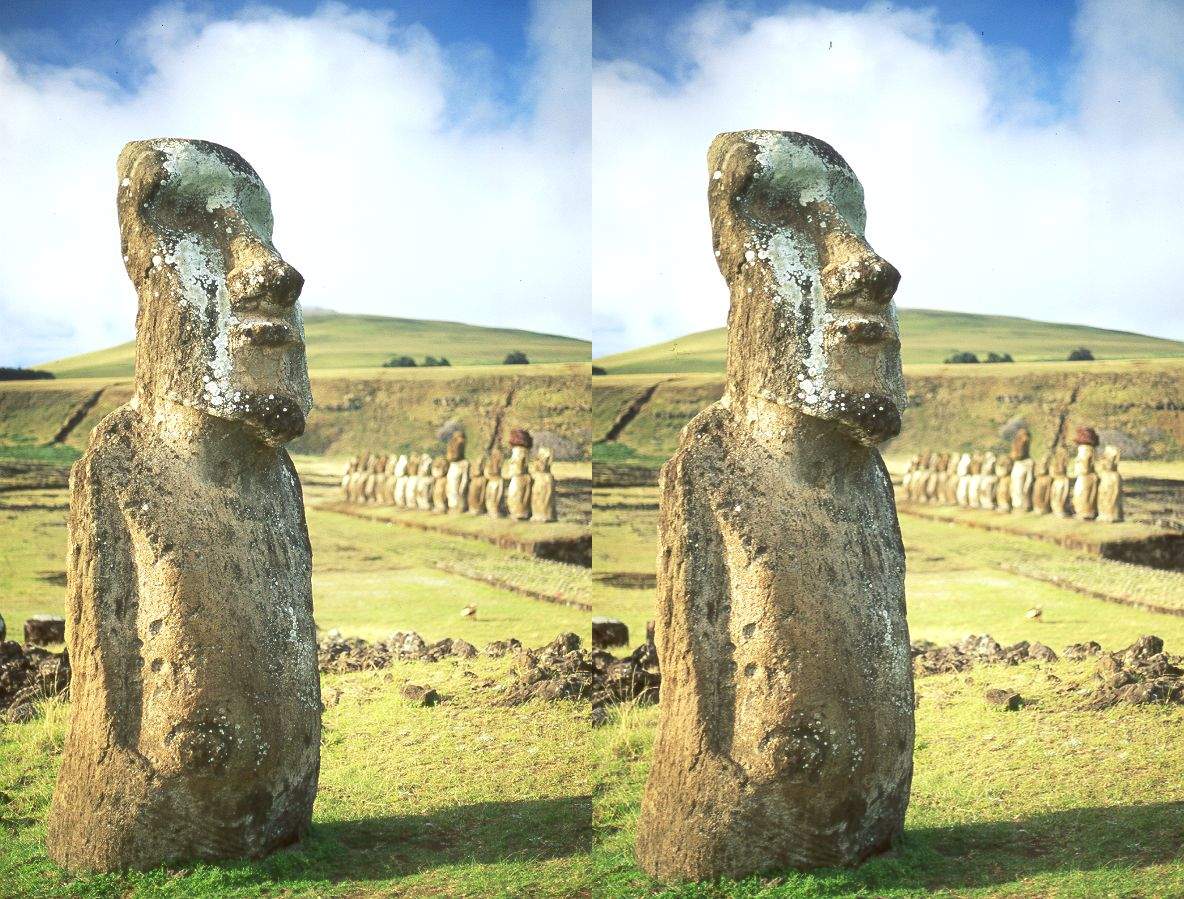
Ahu Tongariki
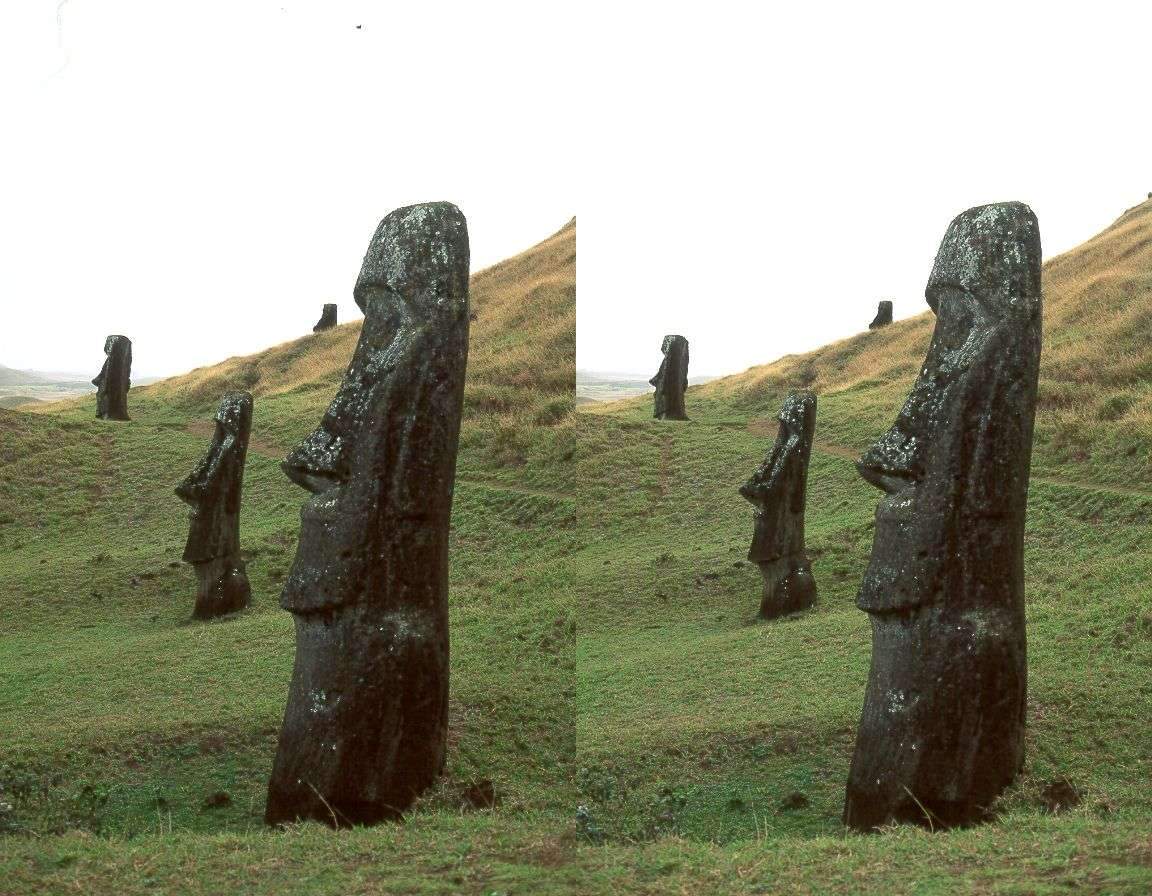
Ranu Raraku
FEEDBACK MAP
